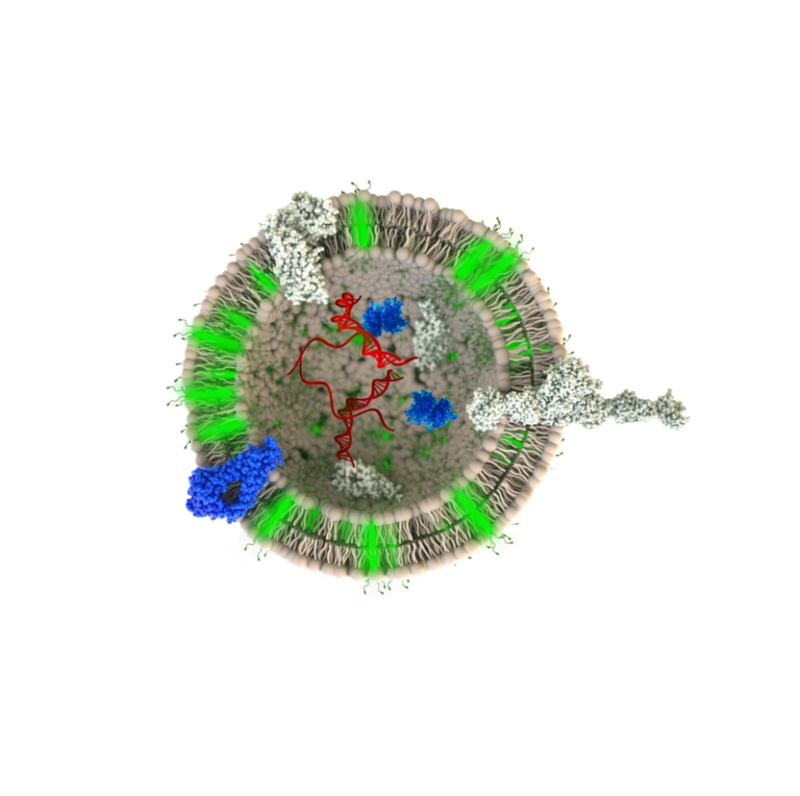Decoding cellular chatter: Acoerela’s novel approach to decipher how cells talk to one another
With its pioneering fluorescent technology, Acoerela is not just revolutionising exosome research, it’s lighting the path for future breakthroughs in diagnostics and the understanding of diseases. If cells could talk, exosomes would be their language. These humble messengers—tiny sacs released by cells into the bloodstream—carry encrypted messages in the form of proteins, DNA and RNA. …









